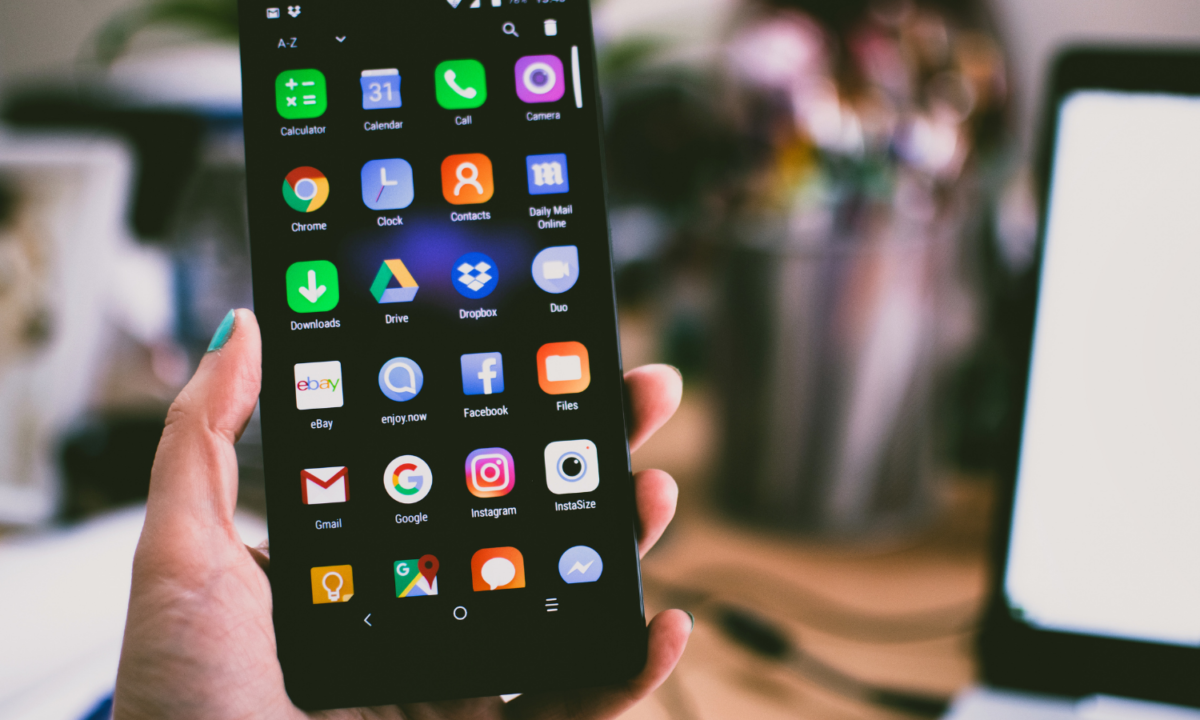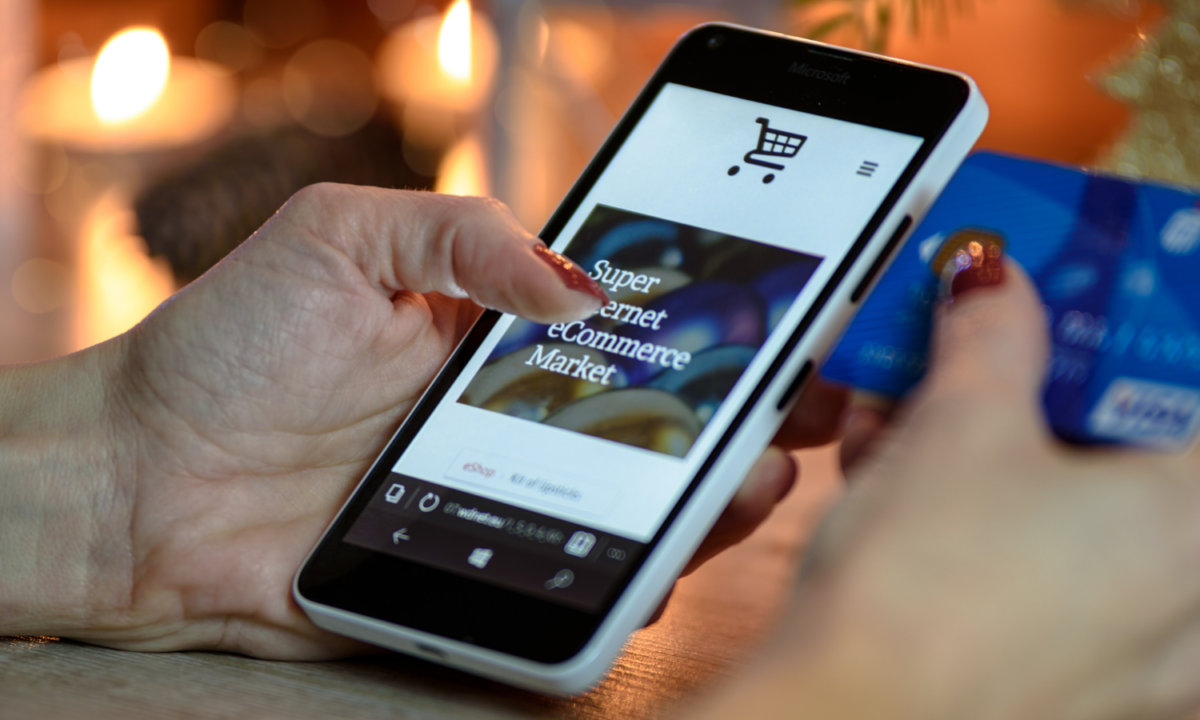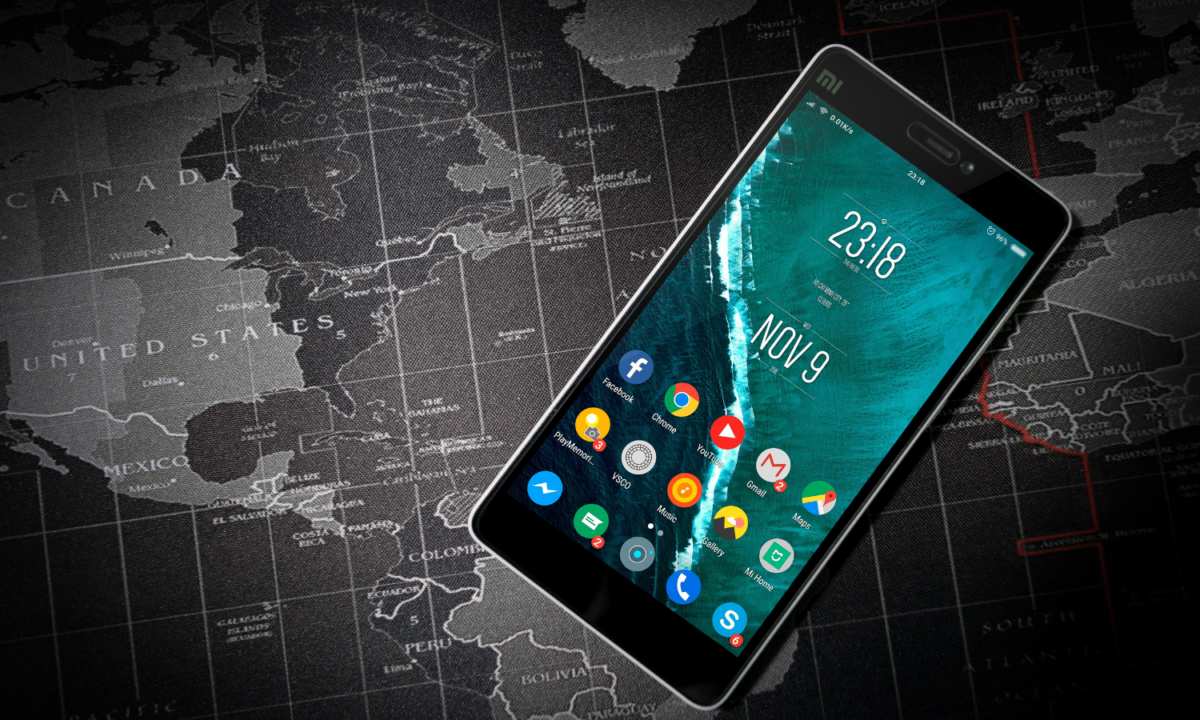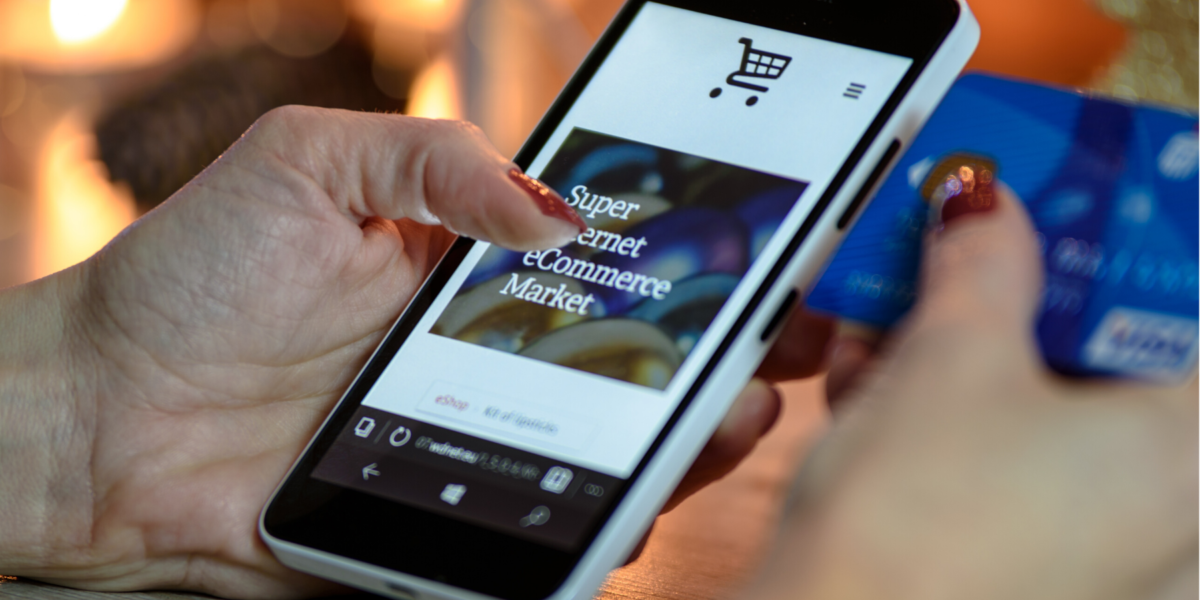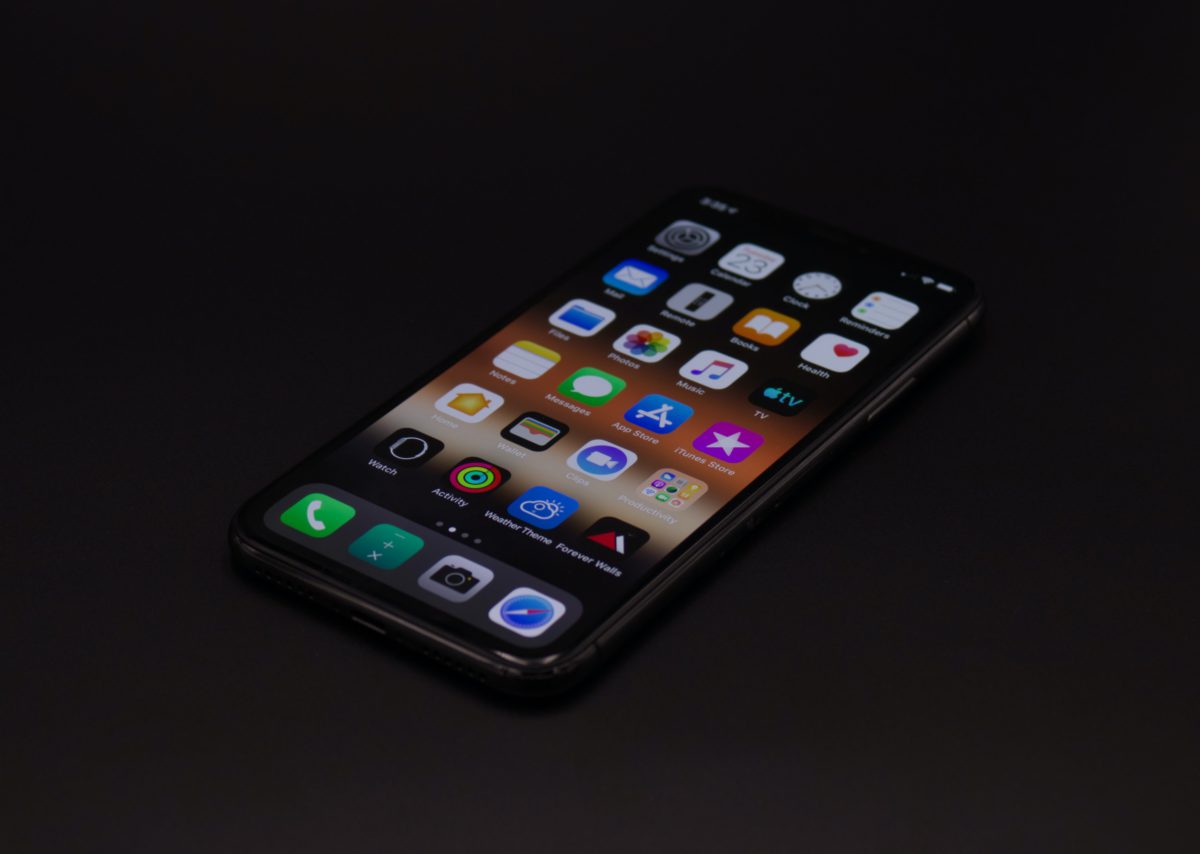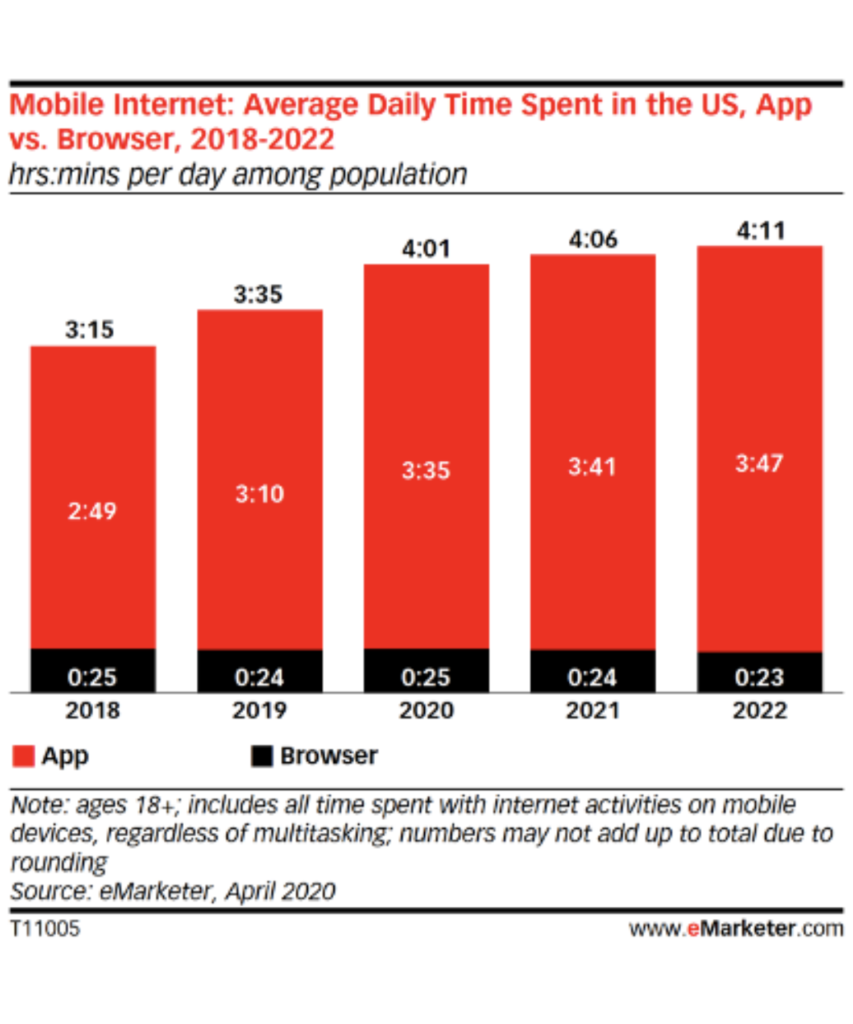In the early days of developing mobile apps, we were frequently asked if we thought it was going to become a big space, or if it was just a fad. Even then, we were bullish on the space, and our response was simple: “1% of companies and organizations currently have an app, and 99% are going to eventually have one.”
Our calculus was simple – smartphones were hot, and apps were an outstanding way of obtaining space on “beachfront property” – the screen of the one device people couldn’t put down.
A dozen years later, that prediction has borne itself out. Not only do consumers use their phone for everything, but a recent study by Comscore finds that eight out of every ten digital minutes (79%) in the United States are spent on mobile devices, and among those people nearly 9 in 10 (88%) spend their time using mobile apps.

What’s surprising to us is that more companies and organizations haven’t invested in a mobile strategy that includes an app. Sure, many use the mobile web, but when only 12% of time spent on a smartphone isn’t via an app, why would you fish in such a shallow pond?
We believe 2021 is going to be the year of mobile apps. During the pandemic, new trends emerged (curbside, contactless), and others accelerated (working from home, online shopping) the result being that consumers have changed their personal and professional shopping, searching, and buying behaviors. We believe these habits will remain long after the vaccine takes hold and we return to what will be a very new “normal.” Having a sound mobile strategy is no longer optional and that includes an app that is now an essential part of any businesses overall customer strategy.
It’s no longer “should we have an app,” but rather, “how soon can we get one?”
